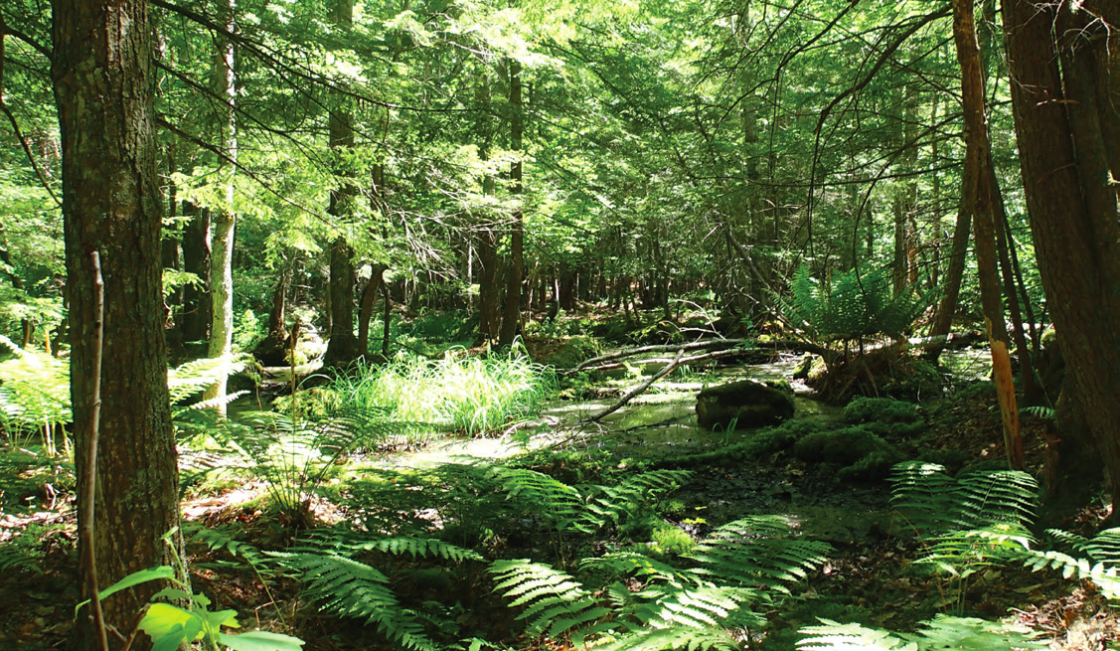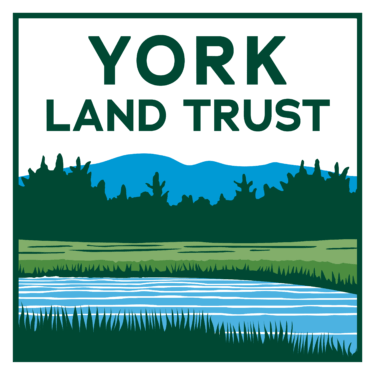Large Housing Development Averted in Rural Area of York
We could not be more pleased to announce our recent purchase of 90 acres of forested land in the Mt. Agamenticus region on Josiah Norton Road. The property is located within a 5,500-acre block of undeveloped forest that contains a variety of rare plant and wildlife species. By protecting this land that abuts thousands of acres of existing conservation land, we’ve helped ensure that the habitat that is vital to their survival will be here for centuries to come.
The property spans 9 parcels that had been slated for a 14-lot subdivision. In protecting this area in close proximity to Mt. Agamenticus, our project helps meet the goals of the Town of York’s Comprehensive Plan that seeks to protect the rural nature of this particular part of town.
This priority region for the town and for YLT has been deemed an area of statewide ecological significance according to the Maine Beginning with Habitat Program. The newly acquired land contains the state’s only central hardwoods oak forest that includes the rare chestnut oak as well as smooth winterberry holly and sweet pepperbush.
“Folks recognized a long time ago that there were pretty unique and rare features botanically, ecologically, and physically about this region,” says Kristen Puryear, an ecologist with the Maine Natural Areas Program, who notes that the Mt. Agamenticus region has a long legacy of conservation projects. There are a lot species found only in this area of Maine, she adds, making this a particularly valuable region to preserve.

The forested wetlands on the property absorb water and buffer against floods.
The property also provides other important services, such as buffering against floods, Puryear says. The extensive wetlands on the property act like pools that capture water, and trees and shrubs growing in those pools help absorb the water, she explains.
The area is also notably free of many invasive plants common elsewhere in York where they are having negative effects on native habitats. Puryear attributes the lack of invasive plants to the intact nature of this vast, undeveloped forest. Disturbances from development and logging can make land more susceptible to invasion by these non-native species, she notes, suggesting that the preservation of this land helps slow the spread of invasives within the larger, undisturbed landscape.
“Not only do plant and animal species thrive when we protect land in this region, but our community members do too,” says Doreen MacGillis, York Land Trust’s Executive Director. “The Mt. Agamenticus region is a recreational hotspot for over 70,000 visitors annually who use more than 40 miles of trails in the region.” Existing trails within this new property link up to this broader trail network, allowing public access for a variety of recreational activities.
This project wouldn’t have been possible without membership support and a generous grant of $430,000 from the Maine Natural Resource Conservation Program, as well as additional support from The Nature Conservancy, the New Hampshire Charitable Foundation and anonymous private donors.
